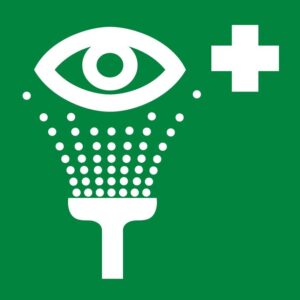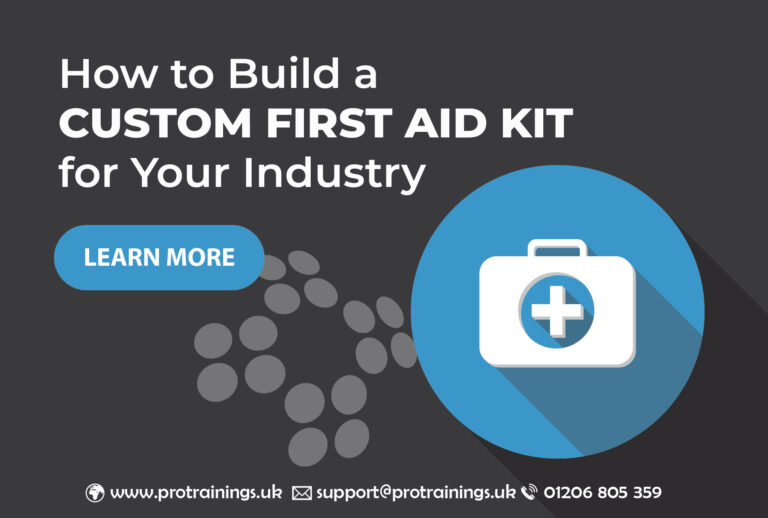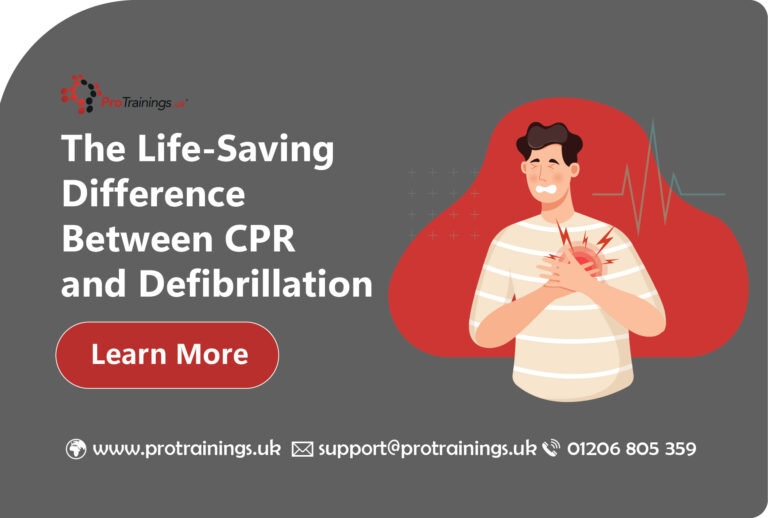Understanding First Aid Signs and Symbols
First aid signs and symbols are crucial for guiding people to safety and providing essential instructions during emergencies. Whether in the workplace, public spaces, or at home, these signs help identify the location of first aid equipment, the presence of hazards, and the appropriate actions to take. This guide will help you understand the most common first aid signs and symbols, their meanings, and why they are essential.
1. The Importance of First Aid Signs and Symbols
First aid signs and symbols are universally recognised markers that convey vital information quickly and clearly. Here’s why they are important:
- Quick Identification: In an emergency, being able to quickly locate first aid equipment or identify hazards can be lifesaving.
- Universal Understanding: These signs are designed to be easily understood, regardless of language barriers.
- Compliance with Regulations: In the UK, workplaces are required by law to display appropriate safety signs, including first aid signs, to comply with health and safety regulations.
2. Common First Aid Signs and Symbols
Here are some of the most commonly encountered first aid signs and symbols, along with their meanings:
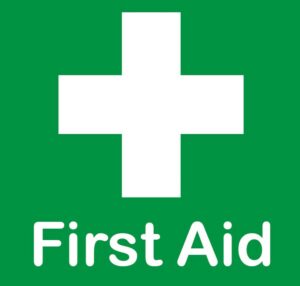 First Aid Kit Symbol
First Aid Kit Symbol
- Description: A white cross on a green background.
- Meaning: Indicates the location of a first aid kit or medical supplies.
- Where You’ll See It: This symbol is commonly found in workplaces, schools, public buildings, and vehicles.
Emergency Eyewash Station Symbol
- Description: An eye being rinsed with water, often accompanied by a green background.
- Meaning: Identifies the location of an emergency eyewash station, used to flush harmful substances from the eyes.
- Where You’ll See It: Laboratories, chemical plants, and areas where hazardous substances are handled.
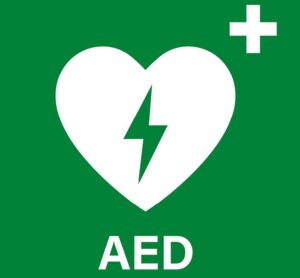 Automated External Defibrillator (AED) Symbol
Automated External Defibrillator (AED) Symbol
- Description: A heart with a lightning bolt, often shown in green or white.
- Meaning: Indicates the presence of an AED, a device used to restore a normal heart rhythm in cases of sudden cardiac arrest.
- Where You’ll See It: Public places like shopping centres, airports, and sports facilities.
Emergency Shower Symbol
- Description: A figure standing under a showerhead with water falling, typically in green.
- Meaning: Marks the location of an emergency shower used to rinse chemicals or contaminants from the body.
- Where You’ll See It: Industrial sites, chemical labs, and places with exposure to hazardous materials.
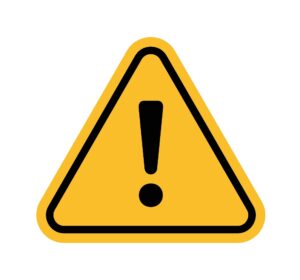
Safety Information Symbol
- Description: An exclamation mark inside a triangle, usually in yellow.
- Meaning: Alerts people to important safety information or hazards that require attention.
- Where You’ll See It: Construction sites, manufacturing areas, and places with potential safety risks.
3. Colour Coding in First Aid Signs
Understanding the colour coding of first aid signs is essential for quick recognition:
- Green Background: Indicates safety and provides guidance to first aid equipment or safe areas. For example, first aid kits and emergency exits are marked with green signs.
- Red Background: Signifies prohibition or an emergency action, such as fire equipment or emergency stop buttons.
- Yellow Background: Used for warning signs to indicate potential hazards, such as slippery floors or electrical dangers.
- Blue Background: Provides mandatory instructions, such as wearing personal protective equipment (PPE).
4. Regulatory Compliance and Best Practices
In the UK, the Health and Safety (Safety Signs and Signals) Regulations 1996 require that safety signs, including first aid signs, be used where there are risks that cannot be adequately controlled by other means. Here’s how to ensure compliance:
- Regular Checks: Ensure that all first aid signs are visible, undamaged, and in the correct locations.
- Staff Training: Regularly train employees on the meanings of first aid signs and what actions to take when they see them.
- Updating Signs: Replace outdated or unclear signs to ensure they meet current safety standards and are easily understood.
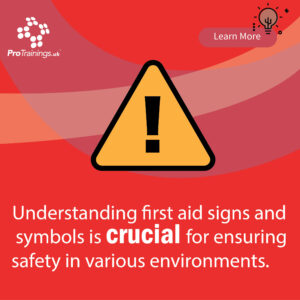
5. The Role of First Aid Signs in Emergency Preparedness
First aid signs are a key component of emergency preparedness. They help guide both trained first aiders and the general public to act quickly in an emergency. Here’s how they contribute:
- Guiding to First Aid Resources: Clear signage ensures that first aid kits, AEDs, and other emergency equipment are easy to locate, even in high-stress situations.
- Enhancing Safety Awareness: Regular exposure to first aid signs helps reinforce the importance of safety practices and preparedness among employees and visitors.
- Supporting Quick Response: In emergencies where every second counts, well-placed first aid signs can direct people to the tools and information they need to provide effective first aid.
Conclusion
Understanding first aid signs and symbols is crucial for ensuring safety in various environments. These signs provide essential information that can help prevent accidents, guide emergency responses, and comply with safety regulations. Familiarise yourself with these symbols and their meanings to be better prepared for emergencies, whether at home, work, or in public spaces.
For more information on courses, visit Basic Life Support Training Courses | Basic Life Support (probls.co.uk)
Visit www.first-aid-online.co.uk today for top-quality first aid equipment you can trust!


